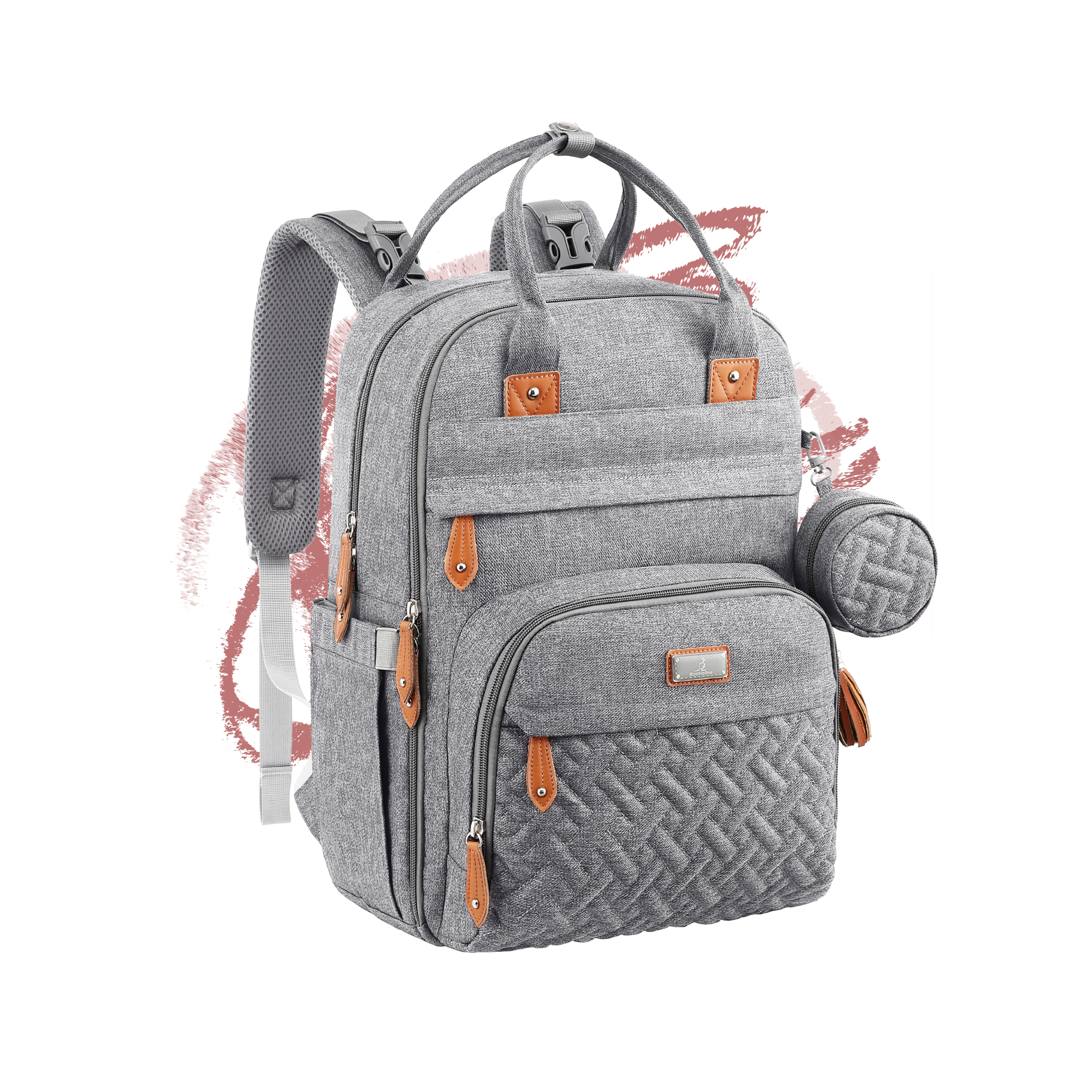How to Use Your BabbleRoo Toddler Carrier
From meltdowns to moments of calm — here’s how to get the perfect fit, whether you’re team Front Carry or Back Carry.
Learn by Watching - Real Parents, Real Tips
From first-time tries to everyday outings, these quick videos show how to get a comfy, secure fit in both front and back carry positions.
Front Carry
Best for younger toddlers, bonding, and quick errands.
Front Carry Position (Facing In & Out)
- Secure the waist belt – Fasten it snugly around your hips for comfort and stability.
- Position your toddler:
- Facing In – Place your toddler against your chest, legs in the “M” position.
-Facing Out (12+ months) – Make sure their back is supported and hips are seated naturally. - Slide on the shoulder straps – Adjust evenly for balanced support.
- Fasten the chest clip – Snap it behind your shoulders to keep straps secure.
- Check your fit:
- Ensure your baby’s airway is clear.
- Shoulders and hips are well supported.
- Straps are tightened comfortably — not too loose, not too tight. - Tip: Use the detachable hood for extra support during naps or sunny walks.
Back Carry
Great for older toddlers and long adventures.
Back Carry Position
- Secure the waist belt – Fasten it slightly higher on your hips or lower back for comfort.
- Place your toddler on your back – Use a couch or bed to help lift them safely.
- Slide on the shoulder straps – Pull them evenly for balanced support.
- Buckle the chest clip – Secure the front strap to keep everything snug.
- Check your fit:
- Toddler’s legs should be in the “M” position (knees higher than hips).
- Weight should feel evenly distributed.
- Ensure clear airway and supported posture. - Tip: Use a mirror or ask for help the first few times — it gets easier every try.
